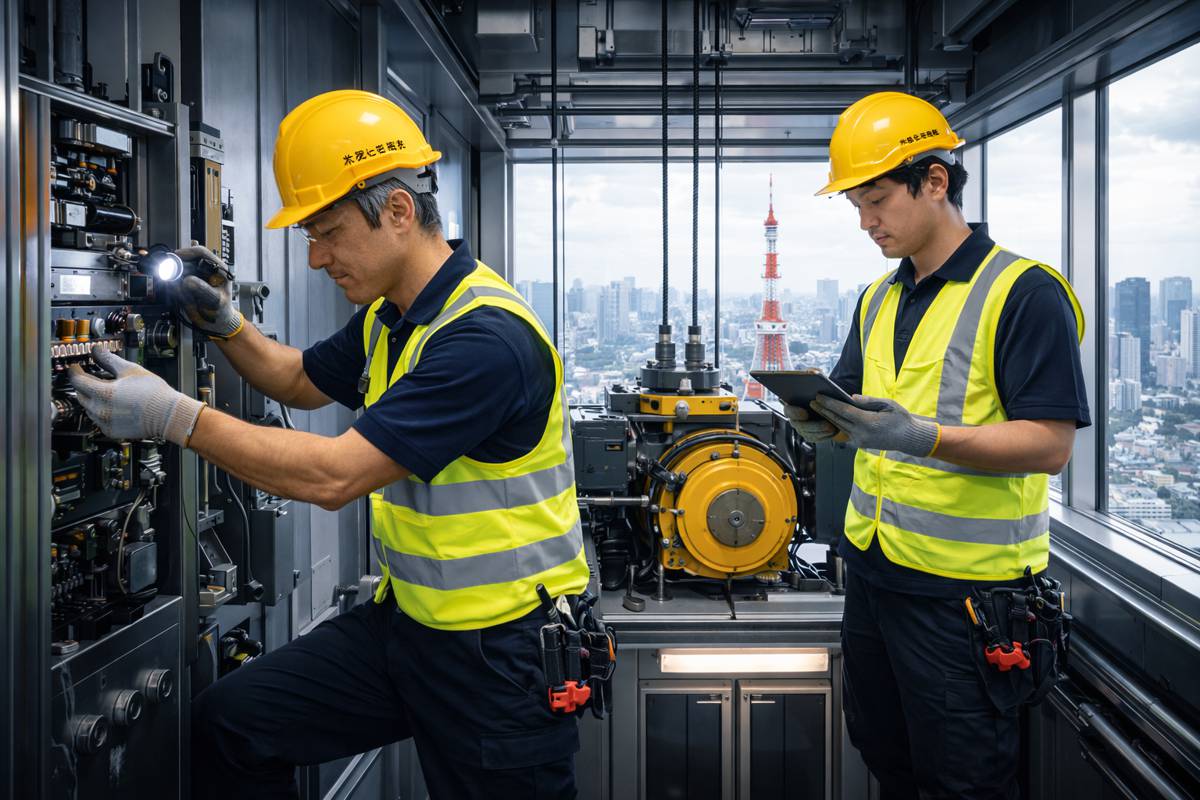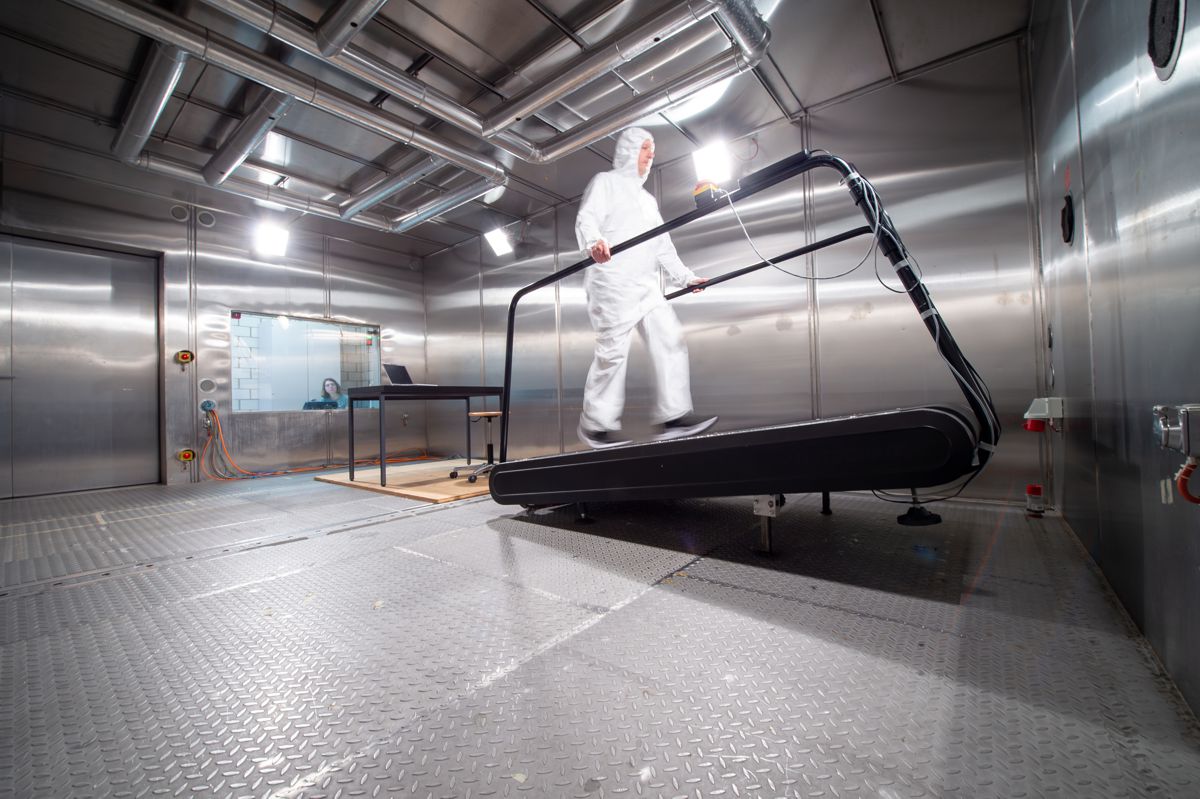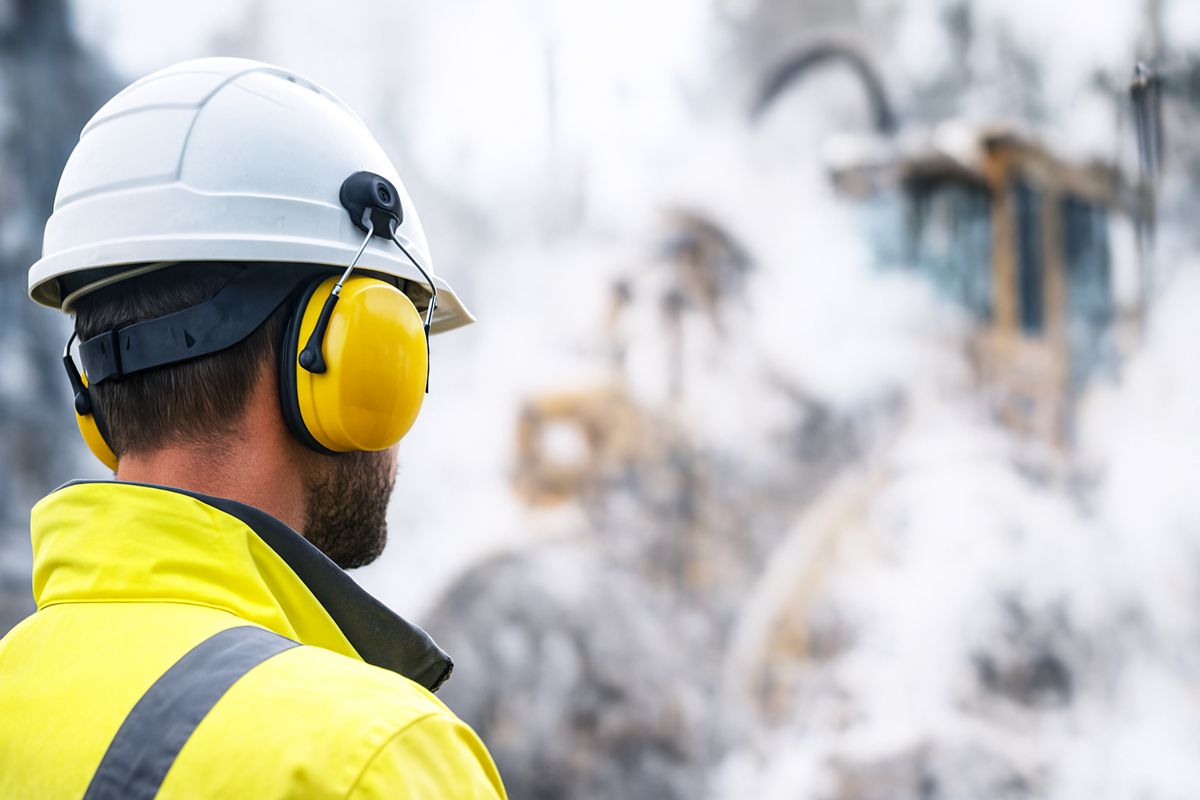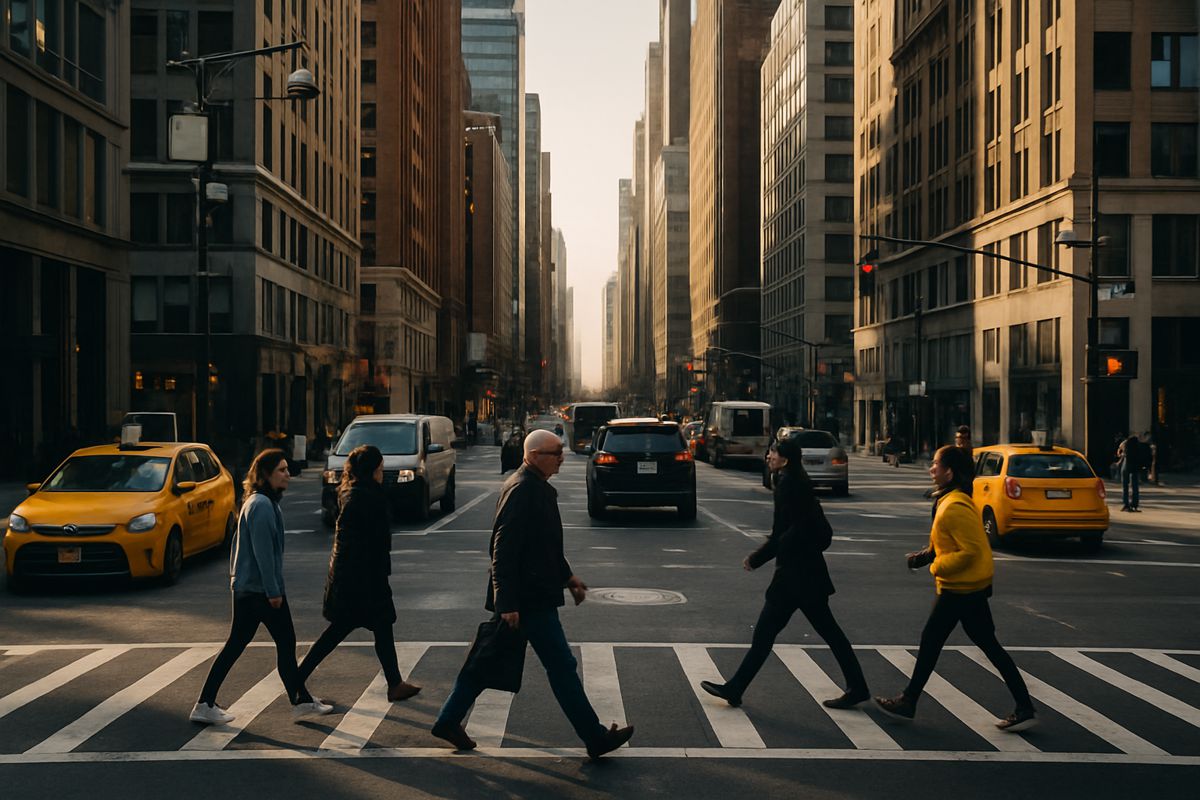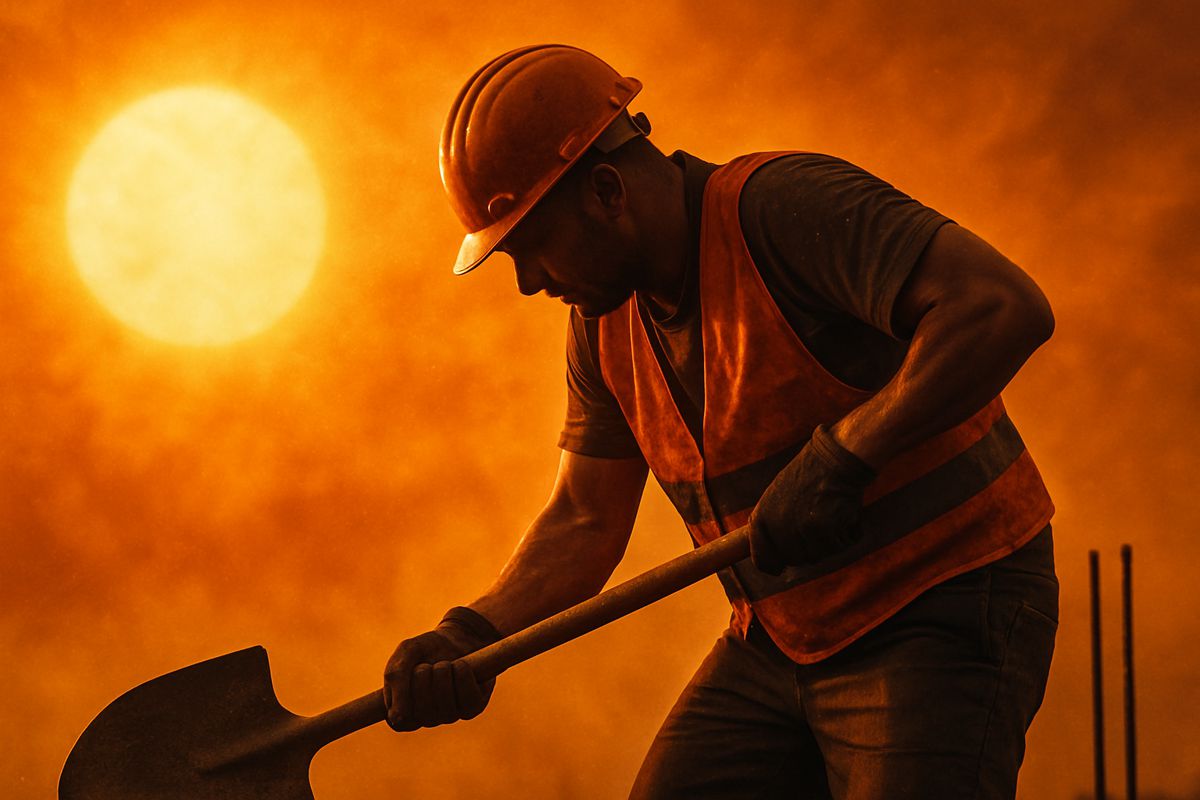Construction and face coverings – to mask or not to mask
There is a lot of discussion in the UK at the moment about masks, as from 19 July, it is no longer legally required to wear these in England. The Government is leaving the decision on whether or not to wear masks down to businesses and individuals.
But how do construction businesses make this decision? If you tell your workers “no masks at all”, some (especially the vulnerable) may be anxious and refuse to work – but equally, can you really tell your workers “you must wear one” when the legal requirement to do so is now lifted? How do you balance safety against risk?
Industry guidance
The Construction Leadership Council (CLC) has announced that it has now updated its Use of Face Coverings in Construction guidance in light of the Government’s position.
The Use of Face Coverings guidance (version 2, September 2020) used to say: “Where workers on site are not required to wear Respiratory Protective Equipment (RPE) and their workplace (which may include welfare and changing facilities, site offices or site meeting rooms) meets all of the criteria below, their employer should make face coverings available and they should be worn in: an enclosed space; where social distancing isn’t always possible; and where they come into contact with others they do not normally meet. In line with Government guidance on premises providing hospitality, face coverings must be worn in canteens except when seated at a table to eat or drink.”
But this has been changed to (version 3, July 2021): “Where workers on site are not required to wear Respiratory Protective Equipment (RPE) and their workplace (which may include welfare and changing facilities, site offices or site meeting rooms) is crowded and enclosed and they come into contact with others they do not normally meet, their employer should make face coverings available and it is expected and recommended that they should be worn.”
The social distancing requirements section has also been removed from version 3.
The CLC’s Site Operating Procedures, which have been followed since they were first published last year, now state that they are “no longer current and remain available as a reference document” – and have been updated to remove sections on social distancing, working from home if you can, and wearing face coverings (instead directing you to the Use of Face Coverings guidance).
As such, the guidance is that employers should still provide face coverings – and workers are expected to wear them…but don’t have to.
So what approach could employers take?
The guidance could leave employers in a difficult position. Unions and some employees may be keen for the use of face coverings to continue but some employees may have their own ideological objections to wearing them. Others won’t be able to for medical reasons. In contrast to that, other employees may want their colleagues to wear masks because their own circumstances mean they or others in their household are at higher risk from COVID.
Employers have duties under the Health and Safety at Work etc Act 1974 to conduct their businesses in such a way as to ensure, so far as is reasonably practicable, the health and safety of their workers and others affected by their activities. Key to this are risk assessments: these need to be proactively reviewed as the guidance continues to evolve and in response to any other relevant circumstances (for example the hot summer weather can bring with it additional risks to the health of construction workers, which may be increased if masks are worn).
Overall, our legal view is that there is no reason why an employer could not mandate the continued use of face coverings or actively encourage their use as long as allowances are made for vulnerable employees who cannot wear them and any health and safety risks have been properly assessed. The biggest legal risk is a disability discrimination claim and it should be possible to mitigate that by making reasonable adjustments for those employees who are genuinely unable to wear a face covering because of a disability. However, conversations with employees who choose not to wear a mask would need to be handled sensitively.
Additionally, if employers intend to encourage the use of face coverings but not mandate it they will need to consider how active they want their encouragement to be. There could be a significant difference between the response of employees to signage and the response that results from managers actively challenging anyone not wearing a face covering and reminding them of the risks.
Coupled with the above, employees have rights not to be subjected to a detriment (for example reduced pay or disciplinary action) or dismissed if:
- they take appropriate steps to protect themselves (or others) in circumstances of danger that they reasonably believe are serious and imminent, or
- they leave or refuse to return to work in circumstances of danger that they reasonably believe are imminent and serious and which the employee could not reasonably be expected to avert.
The situation may be further complicated where there are a number of different employers operating on the same construction site, where differing policies could result in confusion. That situation could, indeed should, be addressed given the obligations on employers to liaise, co-operate and co-ordinate on health and safety issues imposed under Construction (Design and Management) Regulations 2015 and the Management of Health and Safety at Work Regulations 1999.
The above rights are complex and, to date, there has been a reasonable argument that they do not arise if an employer is following Government guidance on how to deal with the pandemic. However, our experience is that unions are well aware of employees’ rights from a health and safety perspective and it is not yet clear as to how the Employment Tribunals would deal with a situation in which Government guidance has begun to diverge from much of medical opinion.
The key practical steps that construction businesses can take are to ensure they can explain the justification for any measures they adopt, including by reference to risk assessments and consideration of any exemptions to a mask mandate and how these would be applied.
Article by legal directors Francesca Hodgson and Dan Fawcett from law firm Womble Bond Dickinson.









